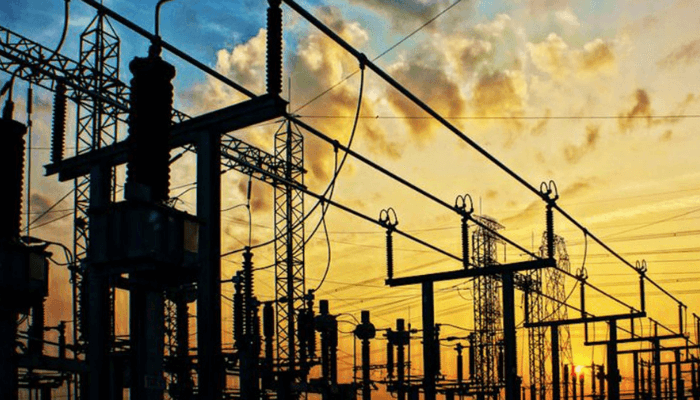Nigeria’s National Grid Collapses Again
On September 10, 2025, Nigeria’s national power grid collapsed, plunging millions into blackout. The Federal Government blamed the incident on the tripping of a generation company (GenCo), which triggered a chain reaction affecting all 21 power plants.
The Nigerian Independent System Operator (NISO) confirmed the disturbance and began restoration efforts by 11:45 am, starting with supply from the Shiroro power plant. By 6 pm, only 1,505MW had been restored.
NLC Rejects FG’s N4tn Bailout Plan
Reacting to the collapse, the Nigeria Labour Congress (NLC) strongly condemned the Federal Government’s plan to inject N4tn ($2.7bn) into electricity companies. The union described it as “an act of economic betrayal,” arguing that it rewards failure rather than addressing systemic problems.
NLC President Joe Ajaero accused the government of deliberately weakening the power sector through poor policies and political patronage. He said:
“The light must come on, by any means necessary.”
Frequent Grid Failures Raise Concerns
Between 2015 and 2025, Nigeria has witnessed over 105 grid collapses, with 93 recorded under former President Buhari and several more under the Tinubu administration.
The repeated failures highlight inefficiencies in the privatised power sector, chronic underinvestment, and weak regulatory oversight.
NLC Demands Public-Led Reform
The labour union called for:
- Redirecting the N4tn bailout into public-led investments in new generation and transmission capacity.
- A comprehensive audit of the power sector since privatisation.
- Replacement of politically appointed regulators with competent technocrats.
According to the NLC, Nigeria’s power crisis is not just a technical problem but a governance failure.
Conclusion
The latest Nigeria national grid collapse 2025 has once again exposed the fragility of the country’s electricity sector. While the government pushes for a bailout of private operators, the NLC insists on systemic reforms to deliver reliable power to Nigerians.

